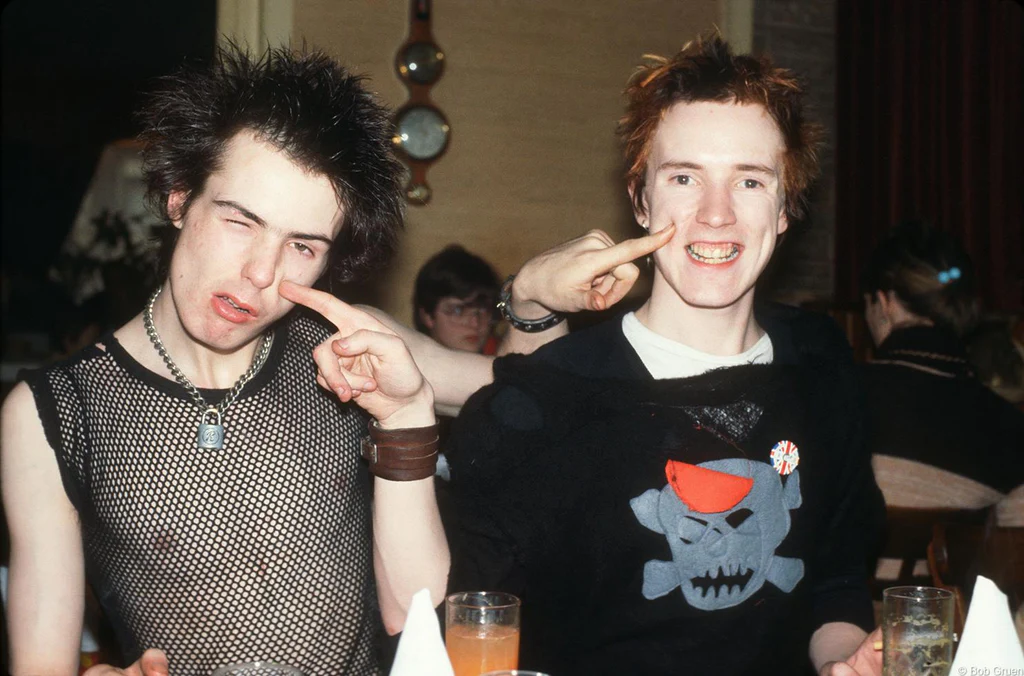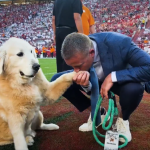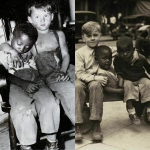How Two Animated Misfits Redefined a Generation and Changed Pop Culture Forever
In 1992, when MTV still ruled late-night television and the sound of electric guitars filled living rooms across America, two animated misfits changed the face of pop culture. They weren’t sleek superheroes or carefully crafted sitcom stars. They were Beavis and Butt-Head — loud, awkward, and utterly unforgettable.
Born from the imagination of animator Mike Judge, the duo came to life from sketches inspired by real people Judge had once known. They were reflections of teenage boredom, shaped by the sound of rock music, cheap television, and a search for identity in a noisy world. What began as a small idea in an animator’s notebook quickly exploded into one of MTV’s most controversial and influential shows.
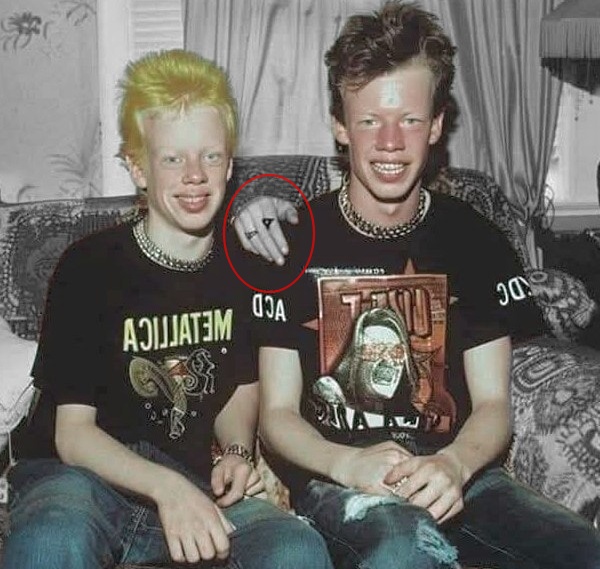
Their world was simple, yet strangely captivating — two teenagers spending their days glued to the TV, laughing at music videos, and stumbling into trouble without ever meaning to. Butt-Head was the self-proclaimed leader, Beavis the eager follower, and together they embodied a strange mix of rebellion, humor, and naïve curiosity. They weren’t role models, but they were real — exaggerated reflections of a generation trying to figure itself out
The magic of Beavis and Butt-Head wasn’t in their intelligence or their insight, but in their honesty. Beneath the laughter and absurdity, the show captured something raw about youth in the 1990s — the sense of restlessness, disconnection, and humor found in everyday nonsense. Their jokes might have been foolish, but their world felt oddly familiar to millions of viewers.
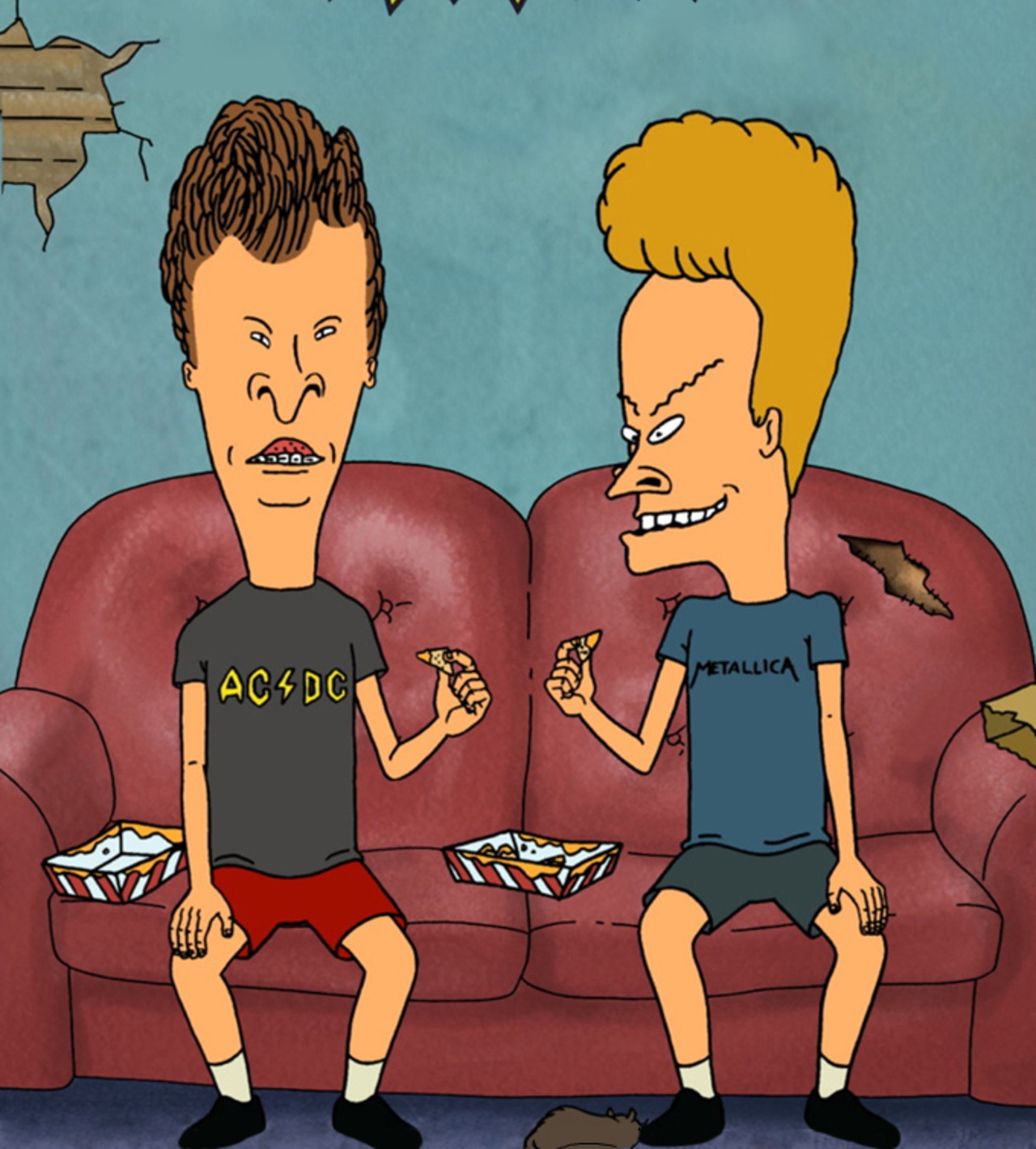
By the mid-’90s, Beavis and Butt-Head had become a cultural force. Their laughter, language, and attitude seeped into classrooms, conversations, and even mainstream entertainment. Critics debated their impact, parents worried, and yet fans couldn’t look away. The show had tapped into something no one else dared to explore — the comedy of imperfection, the beauty of not fitting in, and the humor that hides beneath the noise of growing up.
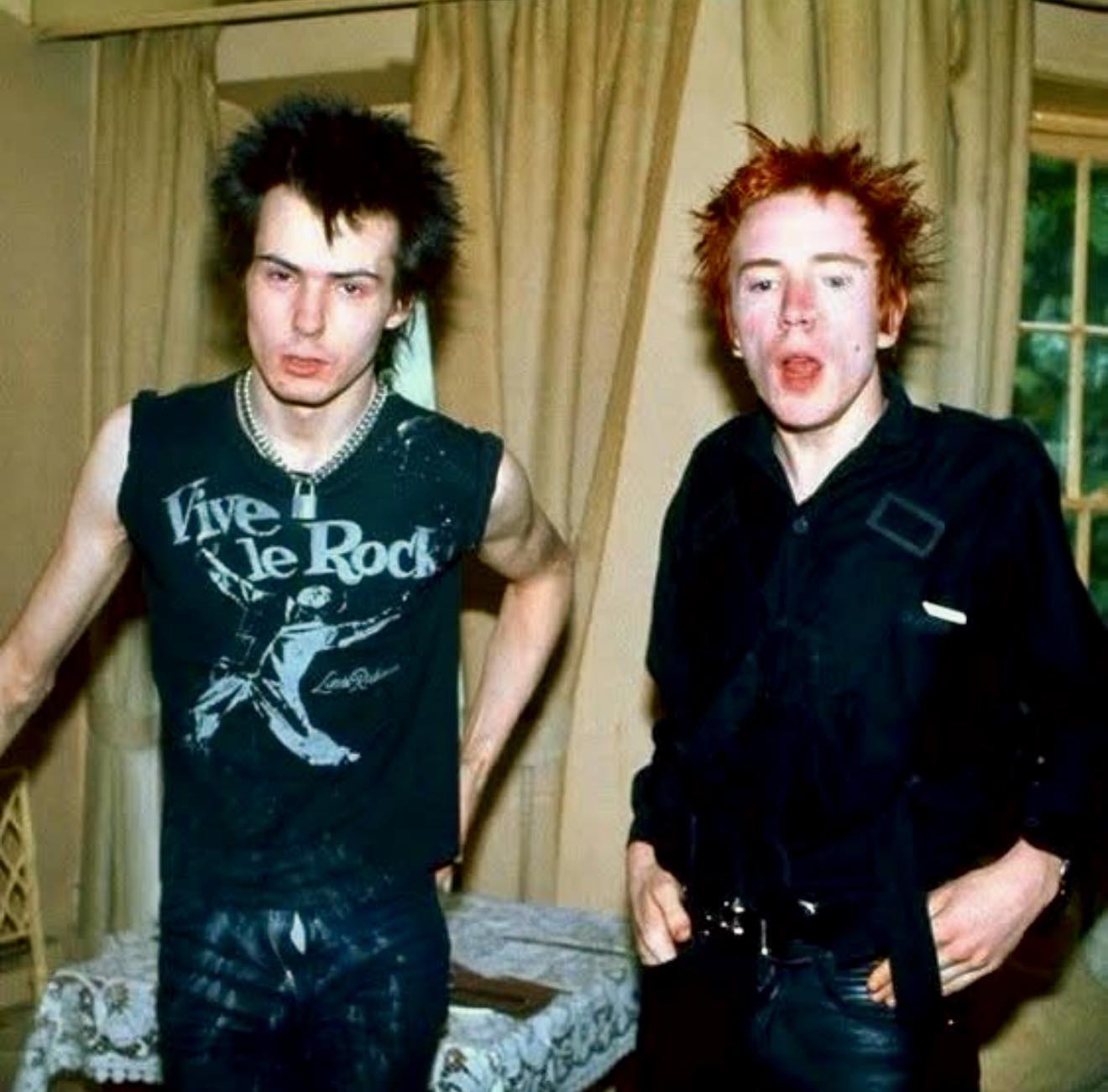
Decades later, their legacy still lives on. Reboots, spin-offs, and digital releases have kept their spirit alive for new generations who see more than just cartoons — they see reflections of their own confusion, humor, and curiosity about a chaotic world. Beavis and Butt-Head may have started as a simple MTV experiment, but they ended up becoming a mirror for youth itself — unfiltered, unrefined, and timeless.
